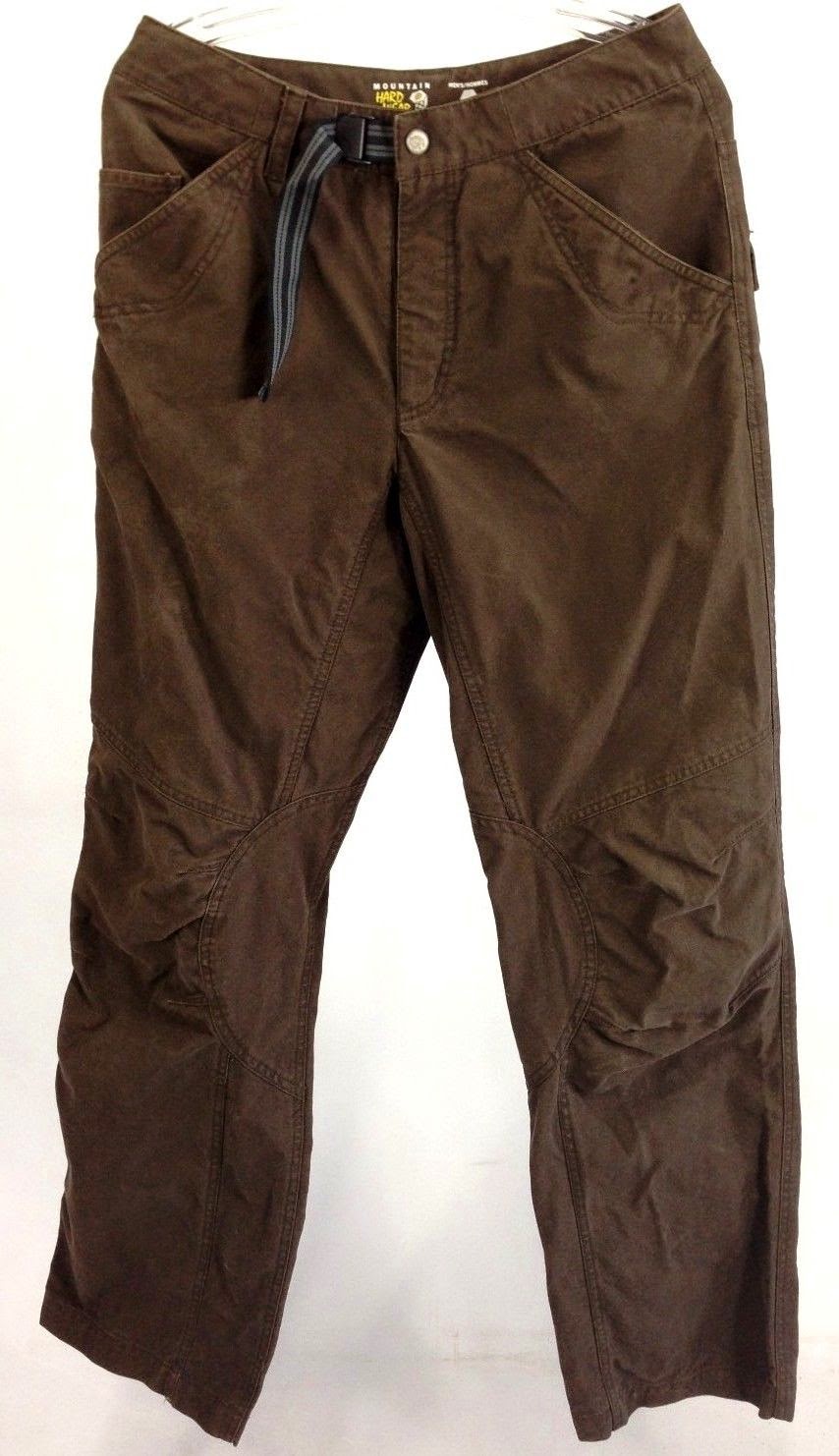The Granite Gear CHIEF pack continues an ongoing trend for civilian outdoor gear companies to produce small quantities of tactical gear for the military market, particularly special forces groups that have more freedom of choice and bigger per-head budgets.
When I first heard about it I thought "Oh good, GG is making a tactical pack, maybe it won't be a million pounds."
Well, almost. 7lbs is pretty hefty for a 500d pack with no metal frame, but at least it's better then the 10lb behemoths that most companies put out. For a point of reference Kifaru makes a 500d pack with a 2-stay internal frame frame that is only a hair smaller and weighs just over 5lbs.
I'm wondering that given the 100lb load requirement if they had to use heavy enough plastic in the frame sheet that it ends up being heavier then a traditional 2-stay internal frame. There is certainly something to be said for a rigid frame sheet, less barreling, increased flex, and in some ways more durability.
Another feature I'm sure adds more weight then needed is the two-layer shoulder straps. The stated purpose is that when wearing body armor you can't feel the padding anyway (very true) so you can take the pads off to minimize bulk. While not a bad idea, the more I use straps like the Hill People Gear shoulder harness the more I think pack makers can dial back the shoulder padding a bit in the first place, and thus making the bulk a moot issue. But military personnel do have a long and proud history of ignoring hipbelts and relying entirely on the shoulder straps, so perhaps GG knows their market.

Granite Gear loves them some massive zipper access, and tactical pack users tend to agree. Myself coming from a backpacking perspective would much rather have a clean toploader with no major failure points on the bag itself (I tend to think that the vulnerability of zippers is usually overstated, but all the same I don't need them). For some reason tactical users tend to have one of several problems:
1) They think it is just a duffle bag with comfier straps
2) They chronically pack some needed piece of gear at the bottom of the pack. As often as I hear about this I don't know if it's a trained behavior or a genetic problem that is more common in warriors.
3) They are convinced whatever they brought they will at some point need it RIGHT THE ---- NOW.
All of these contribute to the perceived need for such a massive access point, and with the intelligent use of internal compression straps I'm sure it's quite durable.
To wrap it all up though, the one feature I wanted to highlight is those hydration ports. How has no one come up with that before? the hose always comes off the bottom of the bladder anyway and having to route the hose all the way up the inside of the pack, run over your shoulder and then turn the hose around to point at you when you want a drink never seemed to be the best solution. Routing the hose from the bottom means a much shorter hose is needed and drinking is a much simpler affair. It also seems to require a simpler attachment method since the hose is hanging and not draping over your shoulder.
The one downside do this is the hassle involved in removing and replacing the bladder, but I don't see it as being too much more work then a normal hose port, and the advantages seem more then worth it.
I'm a little surprised I haven't seen anyone else use this feature yet, if I was going to give up my water bottles for a bladder again I'd consider cutting my own lower hose port.





































